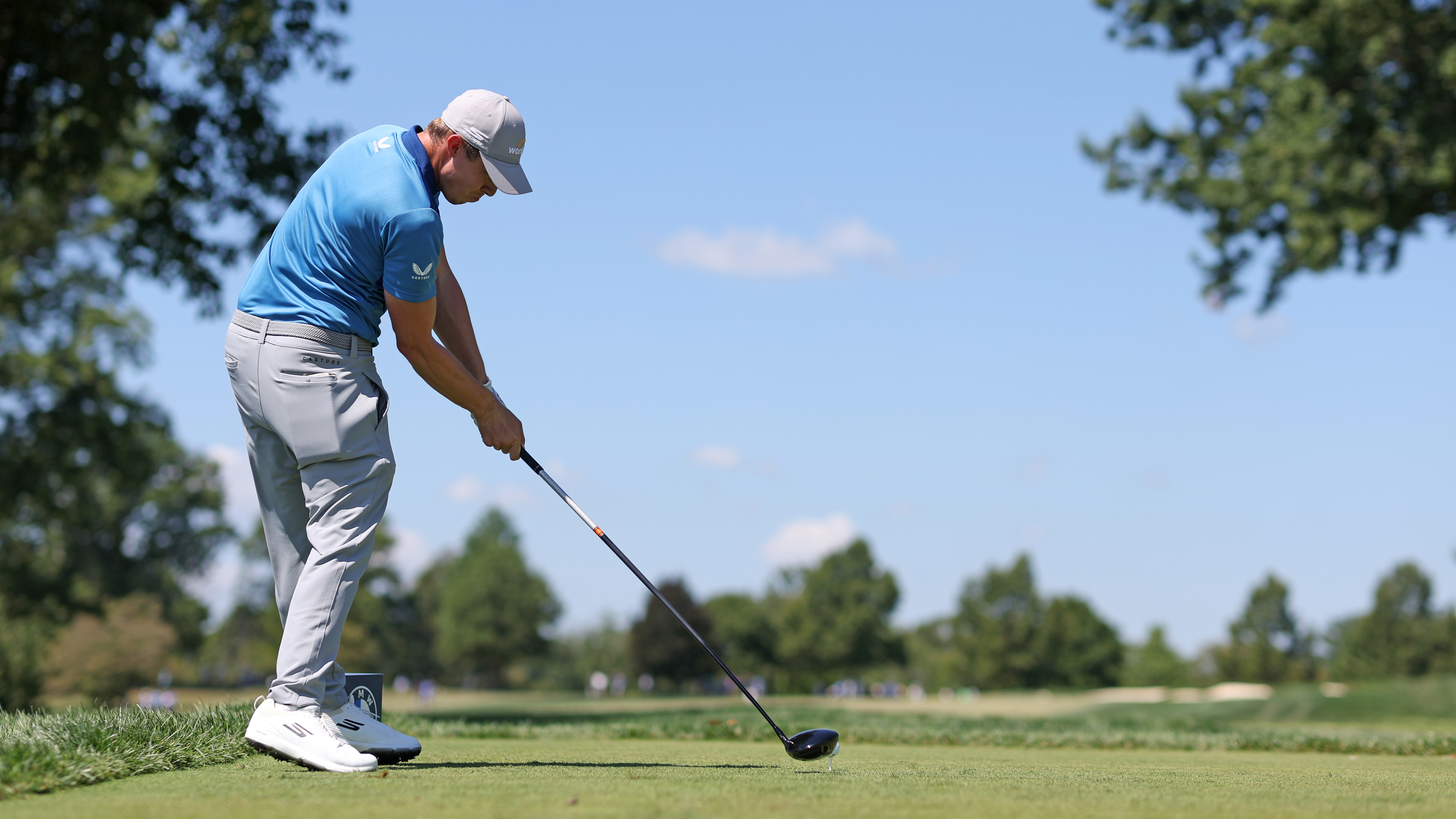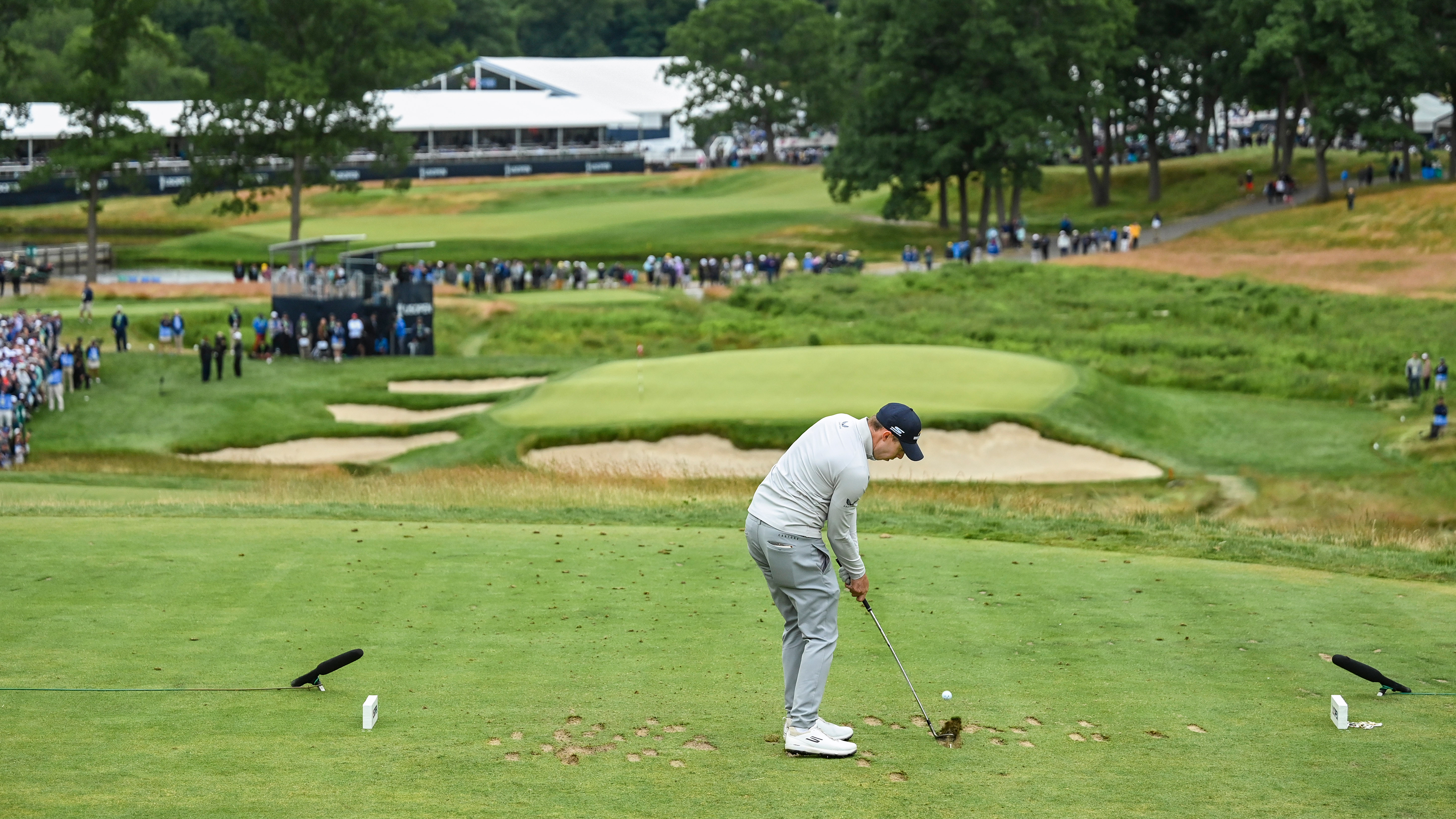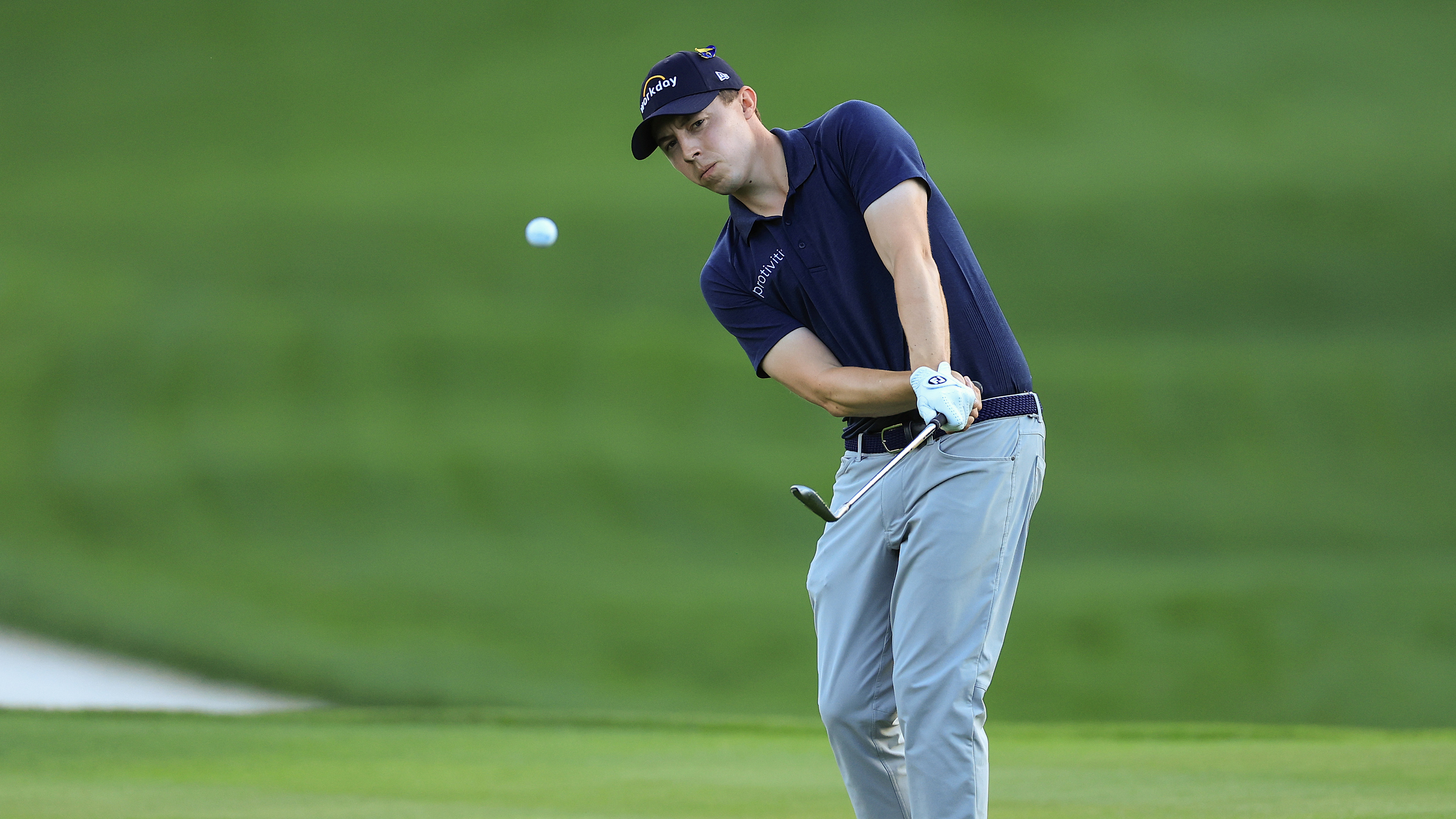How Matt Fitzpatrick Became One Of The Best Drivers In The Game
Coach Mike Walker discusses the distance gains that took Matt Fitzpatrick to the next level


For Matt Fitzpatrick, 2022 will always represent something of a breakthrough year. A consummate professional and a steady player since joining the pro ranks in 2014, the likeable Englishman took the next step in his career when he etched his name into the annals of history with his thrilling US Open triumph at The Country Club in Brookline.
While winning comes easier to some than others, Matt's is a story of hard work and irrepressible dedication to improvement. And a vital cog on the 28-year-old's journey to success is swing coach Mike Walker, who oversaw Matt's recent pursuit for extra distance, ensuring he kept the same DNA that made him one of the accurate golfers in the world.
We spoke to him about the making of Matt Fitzpatrick as a Major champion, and much more...
1. How did Matt’s quest for extra distance come about?

The Englishman has gained some 20 yards off the tee while retaining his renowned accuracy
I remember watching him from the side of the 11th at Augusta one year. He was playing with Brooks Koepka and Justin Thomas. Matt hits this unbelievable 7-wood into 20 feet, but Brooks and Justin are hitting 6, 7 irons. This is hard to compete with.
The stats guys said if he could maintain his accuracy but gain ‘X’ amount of yards, he’d gain ‘X’ amount of shots per round. I knew of Sasho [Mackenzie], and we ended up spending a couple of days with him. The Stack warrants a lot of credit for his recent success, but it came with its challenges.
2. What were the challenges?
He started to get neck discomfort. I was reluctant to change Matt’s pattern, so we didn’t do that. We had to adapt, which meant he ended up making accurate technical movements whilst doing the speed training with different weights (heavy and light).
It’s not accurate to say that all of his recent success has been attributable to The Stack. However, he can now compete with the game’s best in terms of Strokes Gained off the tee. He’s not the longest, but he’s much longer than he was, and he’s very accurate.
Subscribe to the Golf Monthly newsletter to stay up to date with all the latest tour news, equipment news, reviews, head-to-heads and buyer’s guides from our team of experienced experts.
3. What’s the key to his accuracy?

Matt's upbringing at a typically windy course in Sheffield helped him hone his renowned accuracy
He’s always been straight. He grew up playing Hallamshire, which is on the top of a hill and often very windy. His technique was a by-product of that, really; he would deloft his irons quite a lot and hit down on his driver, which is not the case now.
He’s what you’d call a ‘rotary’ player – there’s not much lateral in the swing. He’s pretty centred and he’s very fast in terms of his rotation. His arm plane is lower than some players’ and the speed on top of this has basically made him pretty long, too. He’s also been extremely quick in the takeaway, which I don’t have a problem with. When he started using The Stack he started compromising the position – he would go way inside and he would lose his body position.
One of the keys has been getting stronger with Matt Roberts. He’ able to ‘boss’ the club more; he’s rotating extremely quickly but he’s able to lock his arms into that rotation as opposed to being unstable.
4. What’s the theory behind his cross-handed chipping?

In his quest to get better, the Englishman now chips cack-handed
Imagine looking at a chipping action face on. As you’re making contact, you’re trying to line up the left arm [for right-handers] and the shaft at the ball. If the handle goes forward and you’re lining it up too late, you get a lot of inconsistencies with the strike.
It started off as a technical drill, and then he took it to the long grass. He found greater consistency with the strike, so stuck with it. I went out to The Bear’s Club with all these notes for what he needed to do with his regular chipping action, but he said the cross-handed action was something he did without having to think too much – and I had no reply!
In typical fashion he went out and collected a month’s worth of data in January, comparing the more conventional action with cross-handed – and the latter came out on top. Everybody thought he had the yips, but this couldn’t be further from the truth; he just had ones that came out too ‘spinny’ at times, and the occasional ‘popper’ that would come out with no spin. He had the strength of character to put this technique into play.
5. He admitted recently that he’d been struggling with his fairway bunker play, despite producing that shot from the sand on 18 at the US Open…
Matt has got significantly less left wrist extension and radial deviation. In old money, that’s ‘cupping’ in his left wrist and not as much wrist action. As part of trying to do that in his iron play, we put some practice in there where he would go in the fairway bunker at The Bear’s Club to improve, a. his approach play in general; and b. an applied sense in actually hitting fairway bunker shots as well.
A post shared by U.S. Open Championship (@usopengolf)
A photo posted by on
He used to get a lot of strikes with his irons where they would deviate on the face, not heel to toe, but top to bottom, so him taking out the cupping in his left wrist, it helps him to manage the radius of the swing, which is critical in terms of the strike off the fairway and then super critical in a fairway bunker where the radius is of premium importance, as it has a bearing on both how much sand you take and where you strike the sand.

Michael has been with Golf Monthly since 2008. A multimedia journalist, he has also worked for The Football Association, where he created content to support the England football team, The FA Cup, London 2012, and FA Women's Super League. As content editor at Foremost Golf, Michael worked closely with golf's biggest equipment manufacturers and has developed an in-depth knowledge of this side of the industry. He's a regular contributor, covering instruction, equipment, travel and feature content. Michael has interviewed many of the game's biggest stars, including seven World No.1s, and has attended and reported on numerous Major Championships and Ryder Cups around the world. He's a member of Formby Golf Club in Merseyside, UK.